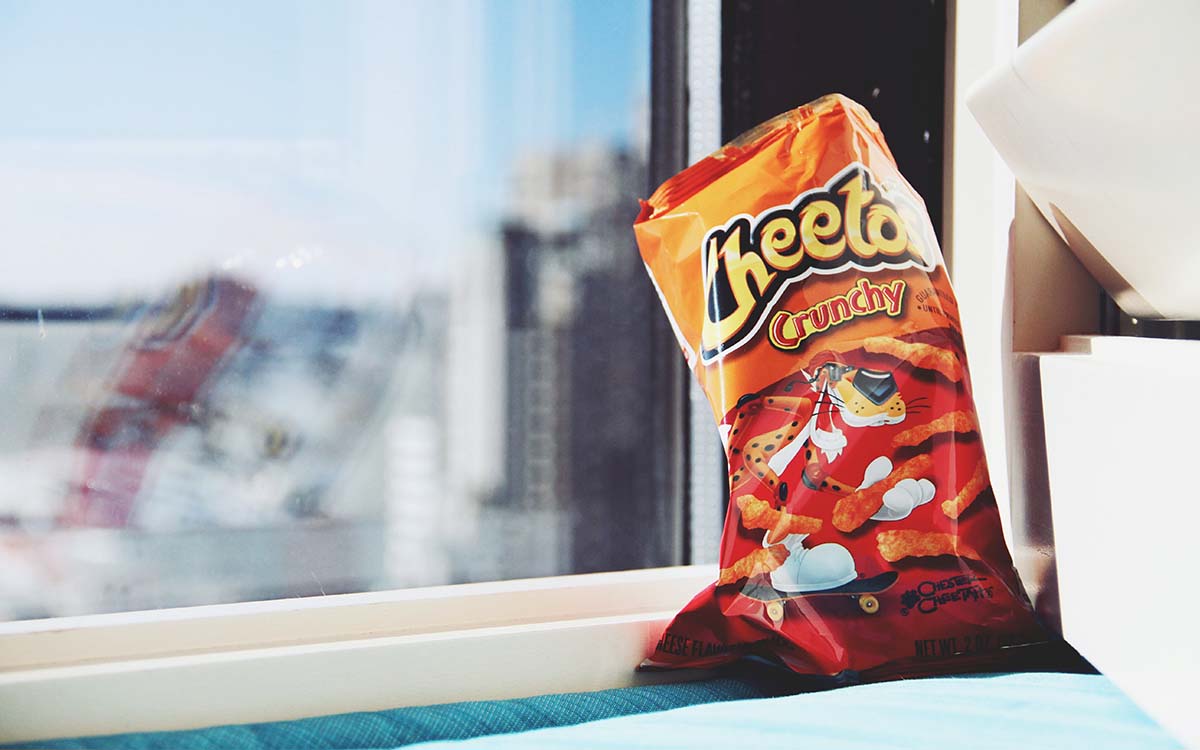A bowl of Oreos made a lot of sense in early April. At the time, the pandemic was firmly making its presence known in America; thousands were dying a day, WFH and online school were the new reality, and professional sports were already a distant memory. A little saturated fat — whether to stock the pantry, or have a treat saved for the end of each upside-down day — seemed like a fair enough counter.
But according to excited reports from the oversized corporations that sell most of that saturated fat, companies like Mondelez International (formerly Kraft Foods), many Americans have faithfully continued to purchase heavily-processed foods in the months since. CEO Dirk Van de Put recently had some candid takeaways for The New York Times, saying: “We executed well in the first quarter, even as the virus was spreading … In-home, there is more grazing, more continuous eating, and snacking takes up a much bigger role.”
Despite an uptick in subscriptions to home-baking YouTube channels, and a determinedly public commitment by many to cook more during quarantine, grocery shopping figures suggest Americans have been spending more money on so-called “Big Food” snacks and foodstuffs than they have in years.
According to Nielsen data, spending on products from Campbell’s, General Mills and Kellogg’s are all trending up, with little sign of slowing down, even as the country begins to reopen. Food industry analysts are especially fascinated that the increase has manifested in young-person spending; the 18 to 29-year-old demographic has the purchasing power to make or break these conglomerates in the years ahead, and for a while it looked like the Millennial and Gen Z preference for health-conscious, sustainable-minded brands was signaling a changing of the guard.
It’s too early to tell how pandemic-influenced spending habits will change over the course of the year, but some companies are reporting a large percentage of first-time buyers for certain brands (Fig Newtons are having a moment, apparently), and it’s possible that contemporary habits turn into long-term loyalty. A comprehensive reopening of restaurants, though, and a return to commuting-based days, could drastically alter eating proclivities. It’s easier to shop processed foods when there’s a greater onus on cooking, and it’s easier to snack on those foods when working five feet from your kitchen all day.
For those who think they’re probably a recent addition to Big Food’s Excel spreadsheet — here are 25 snacking brands to consider instead. These are independently-owned, with a heightened focus on both heart and environmental health.
Subscribe here for our free daily newsletter.
Whether you’re looking to get into shape, or just get out of a funk, The Charge has got you covered. Sign up for our new wellness newsletter today.


















